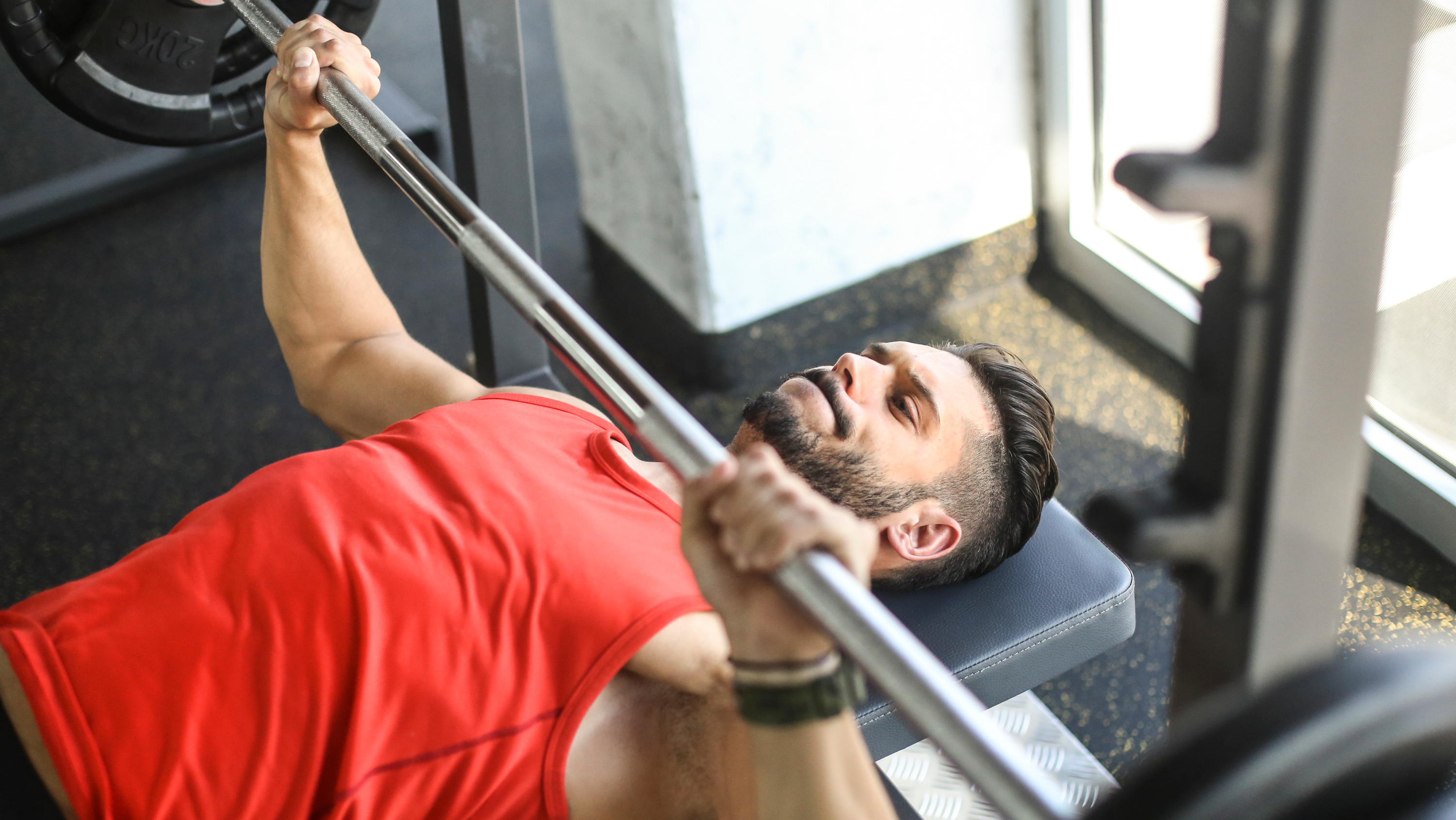
Have you heard of agonist and antagonist muscle pairings before? This relationship between your muscles refers to opposing muscle groups, working in tandem, and their function to control and assist all movement.
The agonist is called a "primary mover" or the working muscle contracting during a movement, while the antagonist is the muscle relaxing and lengthening during the same motion. This reverses when the motion reverses.
Let’s dive straight into an example. Take the humble biceps curl — the biceps contract as the elbow flexes and you curl the weight upward; this is the agonist muscle or “primary mover.” At the same time, the opposing muscle group (in this case, the triceps) relaxes — the antagonist. As you extend your elbow, the same occurs the other way around — the triceps become the agonist and the biceps become the antagonists.
This relationship is crucial to performing any and all movement in daily life. Confusing? It doesn’t need to be. Below, I explain agonist and antagonist muscle pairings, how they work together and their benefits.
What is the difference between an agonist and an antagonist?
In short, the muscle contracting or shortening is the primary mover, known as an agonist, and the muscle relaxing or lengthening is the antagonist.
For example, the quadriceps — muscles that run along the fronts of your thighs — are the agonist muscle during leg extensions when the knee extends. The antagonist is the opposing muscle group during the action — in this case, the hamstrings along the backs of the legs. When you bend your knee, the hamstrings become the agonist and the quads relax, lengthen and become the antagonist.
This is known as “antagonistic pairing,” as one muscle group contracts to assist one phase of movement while the other relaxes, and the opposing muscle then contracts to assist in returning to the starting position, like flexing and extending your leg or arm.
Learning these pairings can help you program exercises and workouts more effectively, especially if you aim to build strength and muscle or work on strengthening muscular imbalances.

What is the role of the antagonist muscle?
Antagonists are crucial for controlling movement and helping your body maintain a stable position. They also support fast or rapid movement like running or boxing.
Like any great pairing in life, one muscle assists the other to do its job properly, helping to offset force, protect your bones and joints, allow muscles to return to a neutral position and perform a full range of motion properly. The antagonist will always stretch and lengthen to help create movement as another shortens.
What are synergist muscles?
Before we dive in, there are a few key terms worth knowing.
First, all exercises are either compound or isolation exercises, meaning exercises recruiting multiple muscle groups and joints together, like a squat (compound), and those primarily focusing on isolating a muscle group, like a biceps curl (isolation).
During compound exercises, multiple muscle groups assist the exercise, working alongside the agonist or primary movers. These are called synergist muscles, and help the primary mover to achieve motion.
Next, there are two types of contraction — isometric and isotonic. Isometric contraction occurs when muscles neither lengthen nor shorten through a range of motion, like during a plank. Muscles are held under tension without physically moving. During isotonic contraction, muscles lengthen and shorten through a range of motion. Think squats and push-ups.

There are two phases of isotonic exercises: concentric and eccentric.
During the concentric phase, the primary working muscles shorten as tension rises to meet resistance — think of it as the main “working” phase of an exercise — and during the eccentric phase, muscles lengthen as resistance becomes greater than the force from the muscle.
Let’s take the bench press as an example. The concentric phase is pressing the weights upward, and the eccentric phase is lowering the weights again. During the concentric phase, the prime mover is the pectoralis (chest muscles), assisted by the anterior deltoids (the fronts of the shoulders) and triceps, which are called synergists.
Synergists produce force, promote stability and provide support. After all, your pecs couldn't lift that weight alone.
The latissimus dorsi muscles along your back are the antagonist muscle group, which relax and lengthen during the press. You also have fixator or stabilizer muscles that keep the region stable during exercises and allow the agonist to do its job.
Examples during exercise include various deeper core muscles, hip flexors and the rotator cuff muscles, which surround the scapulae and act as shoulder stabilizers.
What are agonist and antagonist muscle examples?
Here are a few examples based on popular exercises in the concentric phase – when the target or primary muscle group is working. These reverse during the opposing action.
Bottom line
Regardless of what you’re doing — kicking a ball, drinking a cup of tea, or crouching down — muscle pairings are working together to make it happen, giving and taking. Muscle pairings are crucial for posture, a strong and stable core and balanced muscles. You even have these antagonistic pairings in your neck and around your joints, promoting mobility, flexibility and stability.
Without these opposing forces working alongside each other, you wouldn’t be able to function properly and your body would be held under constant tension, unable to return to a resting state. So really, think of it as the perfect pairing.







